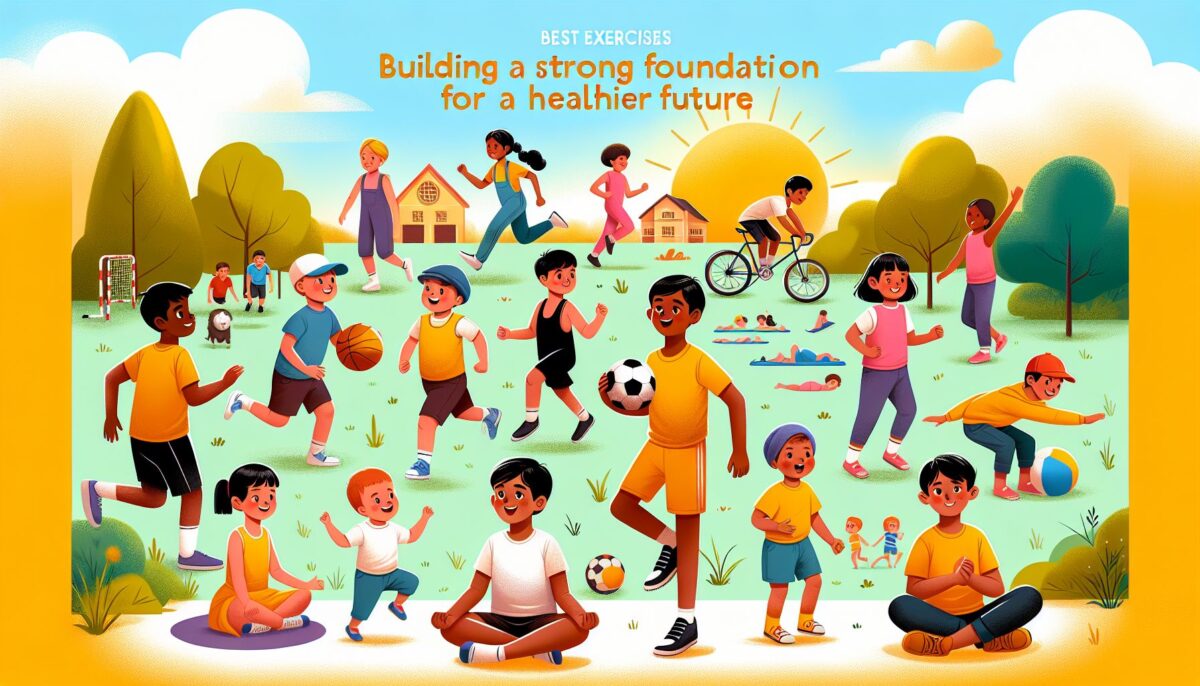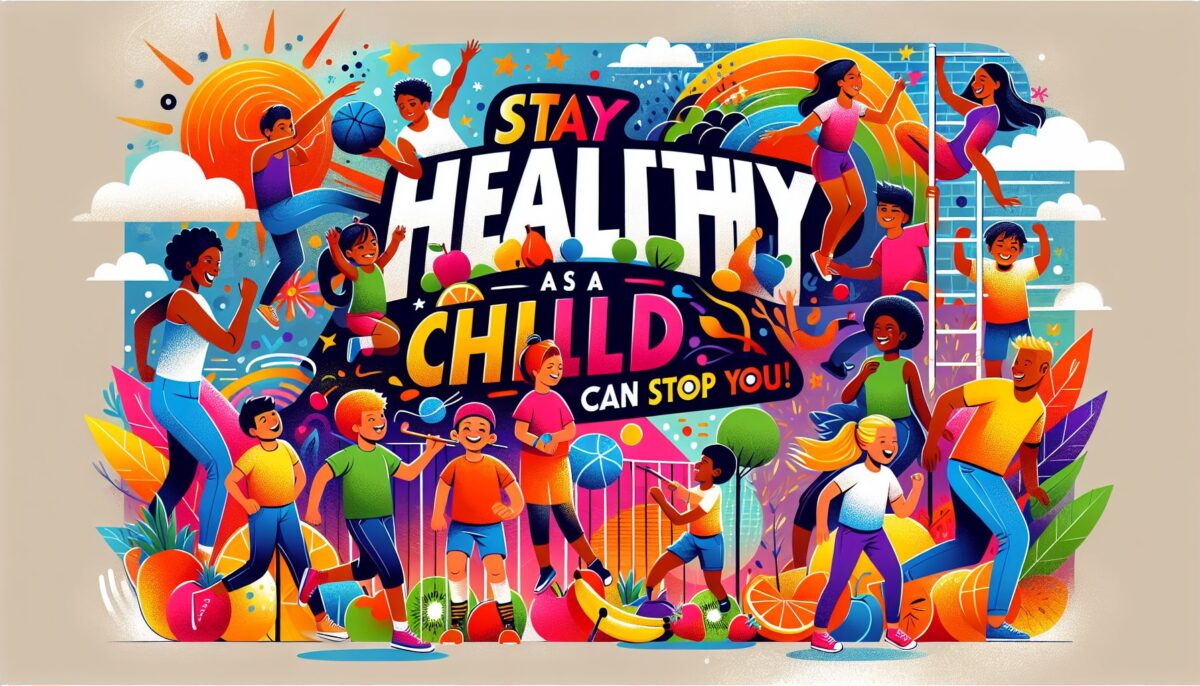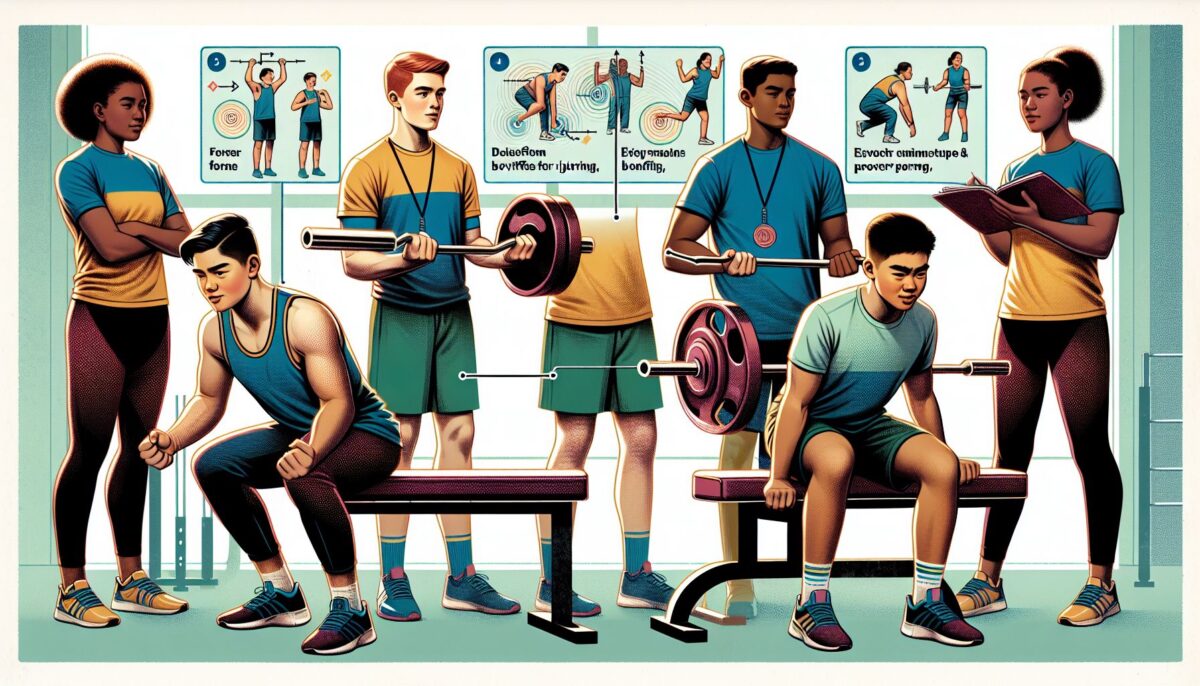As young adults transition into the complex world of high school, they are faced with a myriad of choices on how to spend their precious time. Amidst the swirling possibilities, one path stands tall and beckons them with a unique blend of strength and fun: competitive sports. Engaging in sports as a high school athlete offers a wide range of benefits that extend far beyond the athletic arena. From physical health to mental fortitude, the advantages are undeniably abundant. Let’s delve into the perks that await those who embrace this exciting and rewarding journey.
The Genesis of Physical Well-being
First and foremost, competing as a high school athlete serves as a catalyst for physical fitness, embracing a world where strength and agility rule. Regular practice sessions, rigorous training programs, and friendly matches get those endorphins flowing, strengthening muscles, and enhancing cardiovascular health. Regular exercise not only helps maintain a healthy weight, but it also reduces the risk of chronic diseases such as diabetes, heart ailments, and obesity. Engaging in high school sports sets a solid foundation for lifelong fitness, potentially inspiring young adults to make choices that prioritize their physical well-being throughout their lives.
Mental Resilience: Strength in Mind and Spirit
Beneath the glimmering surface of physical strength lies an equally important aspect of competing as a high school athlete: mental resilience. The unyielding dedication, discipline, and focus required to excel in sports instill invaluable qualities that transfer into all aspects of life. Athletes learn to navigate challenges, accept failure as a stepping stone rather than an end, and persevere under pressure. This inner strength fortifies their ability to face adversity head-on, be it in academics, relationships, or future professional endeavors. The skills developed on the court or field become a solid armor, enabling young adults to tackle life’s obstacles with unwavering determination.
Teamwork and Camaraderie: Forging Lifelong Bonds
Participating in high school sports allows young athletes to experience the power of teamwork and camaraderie firsthand. As they work towards a common goal alongside teammates, they learn to support, trust, and rely on others, nurturing essential social skills. The bond formed within a team can create lasting friendships that extend far beyond high school years, providing a network of support and encouragement. Through shared victories, defeats, and countless sweaty hours of practice, athletes develop a sense of belonging, making high school an unforgettable chapter of their lives.
Time Management and Goal Setting: Preparing for the Real World
High school athletes quickly realize that success demands more than raw talent; it requires astute time management and effective goal setting. Balancing academics, training sessions, competitions, and social commitments teaches young adults the art of prioritizing and organizing their time. From early morning practices to late-night study sessions, athletes cultivate a sense of discipline, gradually refining their ability to focus on both short-term and long-term goals. This invaluable skill set equips them for success in the real world, where juggling multiple responsibilities is the norm.
College Opportunities and Scholarships: Paving the Way for a Bright Future
Beyond the personal growth and well-being aspects, competing as a high school athlete opens doors to exciting college opportunities and potential scholarships. College admissions boards often value the dedication, commitment, and leadership skills displayed by athletes. A standout performance on the field, along with strong academic achievements, can significantly enhance an athlete’s prospects for admission to their dream college or university. Moreover, athletic scholarships provide financial aid, making higher education a realistic possibility for young athletes who excel in their sport. The journey of competing in high school sports, therefore, becomes a catalyst for a brighter future, both athletically and academically.
In conclusion, competing as a high school athlete offers young adults a remarkable journey of growth, resilience, and joy. Beyond the physical well-being fostered through regular exercise, the mental strength acquired translates into all spheres of life. Teamwork and camaraderie forge unbreakable bonds, while time management and goal-setting prepare athletes for the real world. Moreover, the opportunities and scholarships that await high school athletes pave the way for a promising future. So, whether it’s the thrill of victory or the beauty of personal growth, embracing the world of high school sports is a decision that young adults will cherish for a lifetime.









